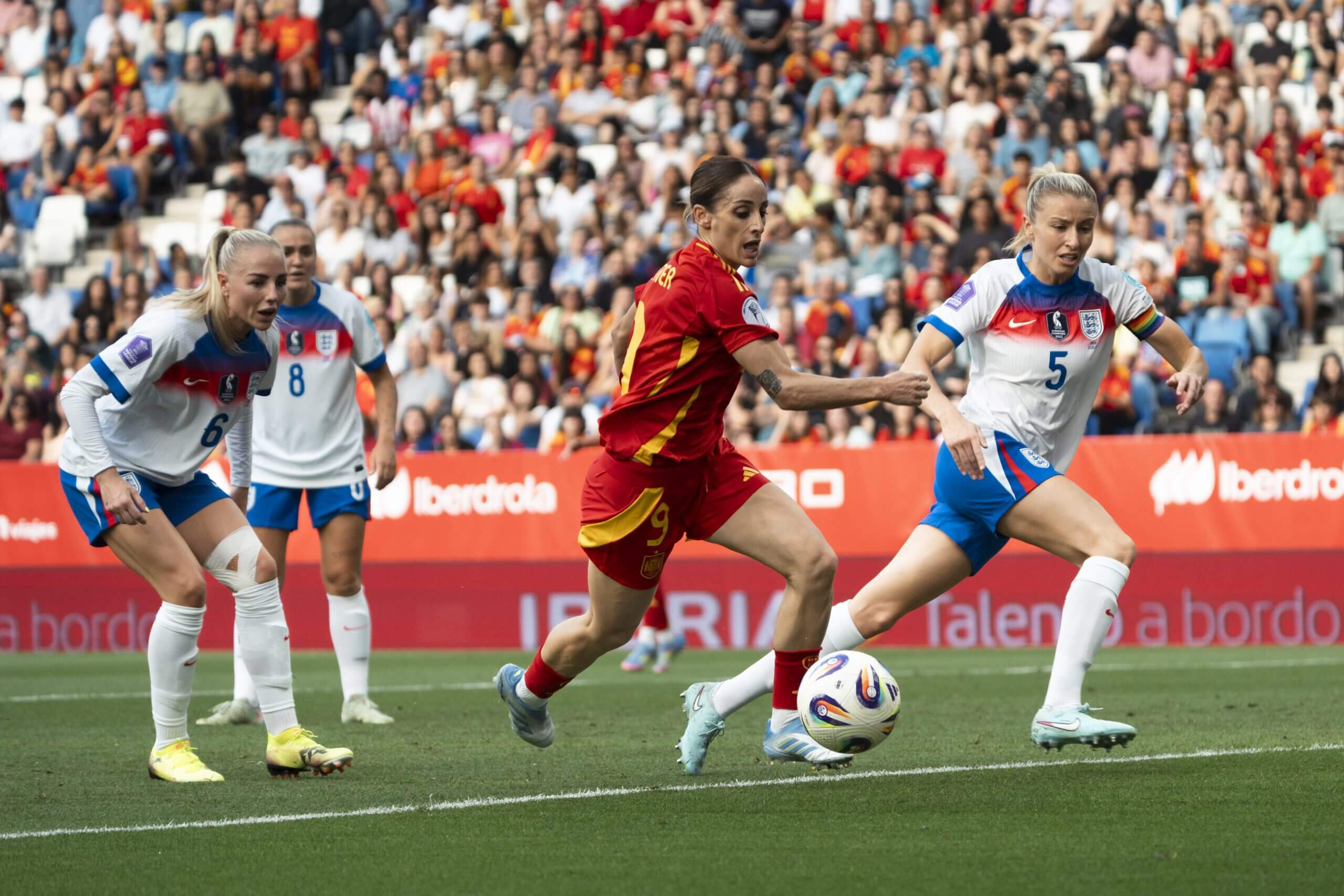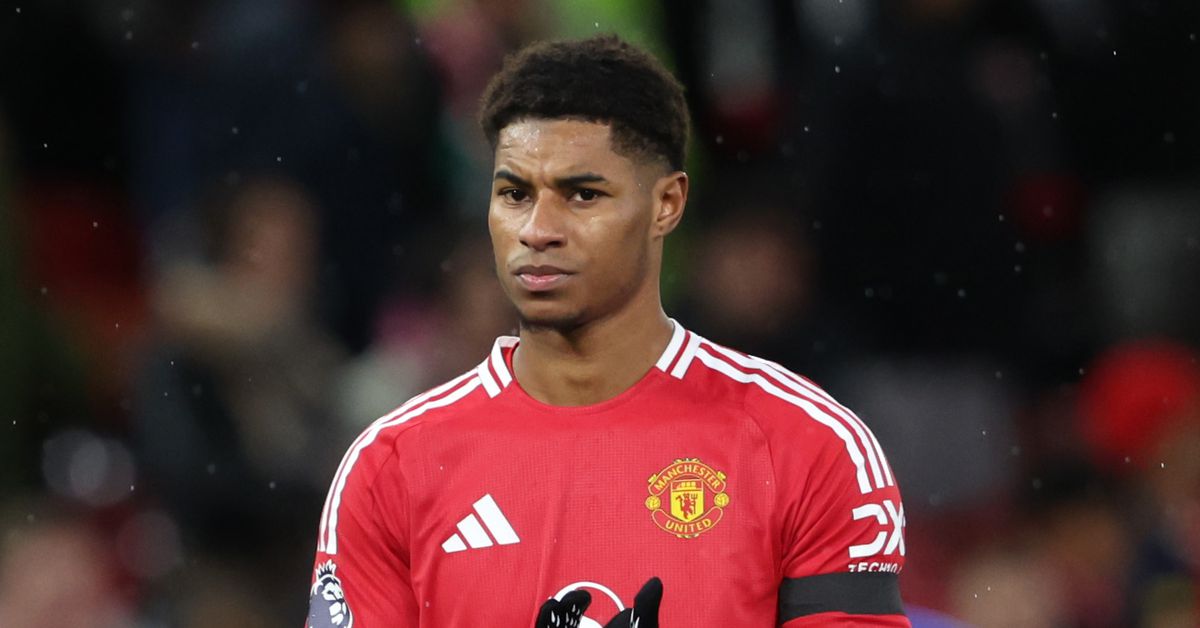The upcoming Euro 2025 tournament is poised to mark a significant turning point in women’s football, signaling a fascinating evolution where the traditional elite nations could face unprecedented challenges from emerging European contenders. This exciting shift is not merely a statistical anomaly but a robust indicator of a broader, highly positive trend: the rapid and sustained growth of the women’s game worldwide, promising a more diverse and unpredictable championship than ever before.
Historically, the landscape of women’s football saw top talent and major international trophies predominantly concentrated within a select few dominant countries. Powerhouses like Germany, Norway, and later nations such as England and Spain often held an almost exclusive grip on major tournament success. However, the current ecosystem reveals a compelling rebalancing, with world-class players now distributed more equitably across the continent, many of whom represent teams previously considered outside the top tier of genuine contenders. This dispersal of talent elevates the overall standard of European football.
This remarkable evolution is a direct testament to increased and more strategic investment across the entire footballing pyramid. Enhanced grassroots development initiatives are nurturing a deeper talent pool from a younger age, while the professionalization of women’s leagues across Europe provides crucial platforms for players to hone their skills in competitive environments. Concurrently, greater visibility through media coverage and dedicated fan engagement strategies has amplified the sport’s appeal, attracting both participation and and viewership at an unprecedented rate, fueling this dynamic period of sports development.
The implications for Euro 2025 are profound, setting the stage for a tournament that promises heightened competitiveness and unpredictability. Gone are the days when a handful of perpetual favorites could be confidently predicted to reach the latter stages. Instead, spectators can anticipate thrilling encounters, upsets, and the emergence of new heroes from nations previously overlooked. This shift enriches the narrative of women’s football, moving beyond familiar storylines and introducing fresh rivalries and aspirations that capture wider interest.
Such a development is profoundly healthy for the sport, demonstrating a vibrant future where more nations can genuinely aspire to championship glory. It encourages further investment, inspires more young girls to pursue football, and ultimately strengthens the global footprint of women’s football. The democratization of success means that the competitive bar is continually being raised, pushing all teams to innovate and improve, thereby enhancing the spectacle for fans and fostering sustainable football trends.
Beyond the immediate excitement of Euro 2025, this trend signifies a maturing sporting landscape where excellence is celebrated across a broader spectrum of teams. It ensures that the sport remains dynamic and engaging, captivating a wider global audience who can now see their national teams, or teams they might not have previously considered, as legitimate contenders. This broader appeal is crucial for cementing women’s football as a major force in the international sporting arena, ensuring its continued growth and relevance for decades to come.
Ultimately, the prospect of Euro 2025 showcasing a more open and competitive field is overwhelmingly positive. It reflects a sport that is thriving, expanding its reach, and consistently challenging established norms. This is not merely about who lifts the trophy, but about the fundamental strength and equitable development of women’s football across the entire European continent.
Discover more from The Time News
Subscribe to get the latest posts sent to your email.






